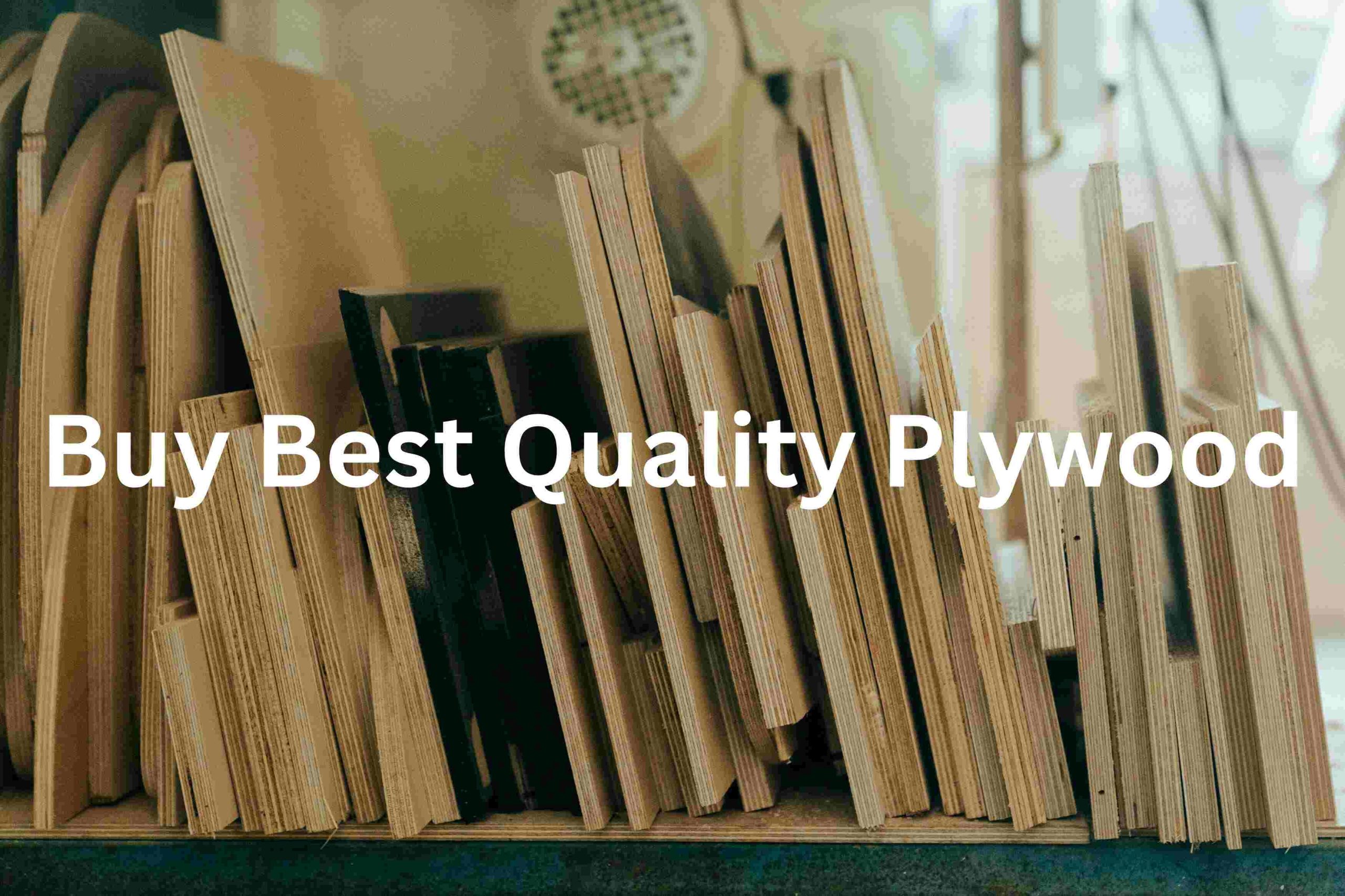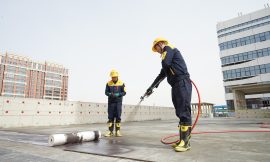When it comes to creating a peaceful environment, choosing the right sound proof plywood can make all the difference. Whether you’re building a home studio, attempting to minimize noise between rooms, or trying to create a quiet workspace, understanding the characteristics of soundproofing plywood is essential for success.
Understanding Sound Transmission and Plywood
Before diving into specific types of plywood, it’s important to understand how sound interacts with materials. Sound waves travel through air and solid materials by vibration. The denser and more massive a material is, the better it tends to be at blocking sound transmission.
Key Factors in Soundproofing
- Mass: Heavier materials generally block more sound
- Density: Denser materials reduce sound transmission
- Thickness: Thicker materials provide better sound insulation
- Layer composition: Multiple layers can enhance sound blocking
- Air gaps: Strategic air spaces between layers improve performance
Best Types of Plywood for Soundproofing
1. Mass-Loaded Vinyl (MLV) Laminated Plywood
This specialized sound proof plywood combines traditional plywood with a layer of mass-loaded vinyl, creating an excellent sound barrier.
Advantages:
- Superior sound blocking capabilities
- Professional-grade soundproofing
- Relatively thin profile
- Excellent for walls and ceilings
Disadvantages:
- More expensive than standard plywood
- Heavier than conventional options
- May require professional installation
2. Marine-Grade Plywood
While primarily designed for water resistance, marine-grade plywood’s dense construction makes it an excellent choice for soundproofing.
Key Features:
- High-density construction
- Minimal voids between layers
- Superior durability
- Excellent sound-dampening properties
3. MDF (Medium Density Fiberboard) Plywood
Though technically not traditional plywood, MDF deserves mention for its superior sound-dampening qualities.
Benefits:
- Uniform density throughout
- Excellent sound absorption
- Smooth surface finish
- Cost-effective option
4. Multi-Layer Commercial Plywood
Standard commercial plywood with multiple layers can be effective for soundproofing when properly implemented.
Characteristics:
- Various thickness options
- Good value for money
- Widely available
- Versatile application options
Best Practices for Installation
To maximize the soundproofing effectiveness of your plywood, consider these installation tips:
Double Layer Installation
- Install two layers with offset seams
- Use acoustic caulk between layers
- Include resilient channels when possible
Proper Sealing
- Seal all edges with acoustic caulk
- Address any gaps or holes
- Use rubber gaskets where appropriate
Combine with Other Materials
- Add mass-loaded vinyl
- Include mineral wool insulation
- Consider resilient channels
Thickness Considerations
The thickness of your sound proof plywood plays a crucial role in its effectiveness:
| Thickness | Sound Reduction | Best Use Case |
|---|---|---|
| 1/2 inch | Basic | Light duty |
| 3/4 inch | Moderate | Standard use |
| 1 inch | Good | Professional |
| 1.5 inch+ | Excellent | Studio grade |
Cost Analysis
Understanding the cost implications of different soundproofing plywood options:
Budget Options
- Standard multi-layer plywood: $30-50 per sheet
- Basic MDF: $25-40 per sheet
Mid-Range Options
- Marine-grade plywood: $60-90 per sheet
- Quality sound proof plywood: $70-100 per sheet
Premium Options
- MLV laminated plywood: $100-150 per sheet
- Professional-grade acoustic panels: $120-200 per sheet
Common Applications
Different scenarios require different approaches to soundproofing:
Home Studios
- Multiple layers recommended
- Focus on complete room treatment
- Consider floating floor construction
Office Spaces
- Balance cost with effectiveness
- Focus on wall and ceiling treatment
- Consider aesthetic finishing options
Residential Rooms
- Target problem areas
- Consider thermal benefits
- Balance soundproofing with practicality
Additional Soundproofing Techniques
To enhance the effectiveness of sound proof plywood:
Green Glue Application
- Apply between layers
- Enhances sound dampening
- Relatively cost-effective
Resilient Channel Installation
- Decouples walls
- Reduces sound transmission
- Improves overall effectiveness
Air Gap Creation
- Include strategic spaces
- Enhances sound blocking
- Improves low-frequency control
What is the best thickness for soundproofing plywood?
For optimal soundproofing, 3/4 inch to 1 inch thickness is recommended. However, using multiple layers of thinner plywood with sound-dampening materials between them can be even more effective.
Can regular plywood be used for soundproofing?
While regular plywood can help reduce sound transmission, specialized sound proof plywood or enhanced installation methods will provide significantly better results.
How much does soundproof plywood cost?
Costs vary significantly, ranging from $30 to $200 per sheet, depending on the type and quality of the soundproofing materials used.
Is MDF better than plywood for soundproofing?
MDF can be better for sound absorption due to its uniform density, but plywood often provides better structural integrity and versatility.
How long does soundproof plywood last?
When properly installed and maintained, sound proof plywood can last 20+ years, though effectiveness may gradually decrease over time.
Maintenance Tips
To ensure long-lasting soundproofing performance:
Regular Inspections
- Check for damage
- Monitor seals and joints
- Address issues promptly
Environmental Controls
- Maintain appropriate humidity
- Prevent water damage
- Control temperature fluctuations
Conclusion
Choosing the right sound proof plywood depends on various factors, including budget, application, and desired level of soundproofing. While mass-loaded vinyl laminated plywood offers superior sound blocking capabilities, other options like marine-grade plywood and MDF can also provide effective solutions when properly installed.
For optimal results, consider combining different approaches and materials, such as using multiple layers, incorporating air gaps, and adding sound-dampening compounds. Remember that proper installation is just as important as material selection, and professional installation may be worth the investment for critical applications.
Whether you’re building a home studio, creating a quiet office space, or simply trying to reduce noise between rooms, understanding your options in soundproofing plywood will help you make an informed decision that balances effectiveness, cost, and practicality.




